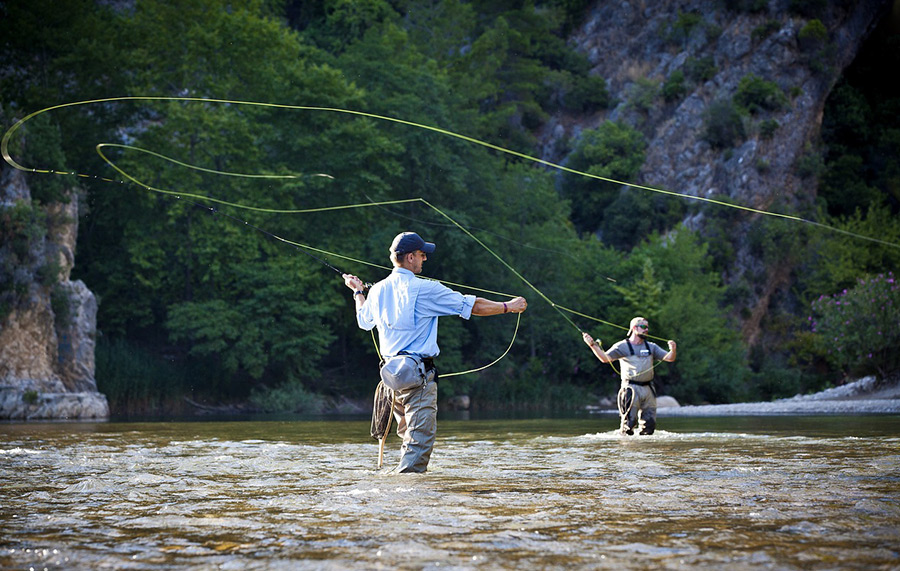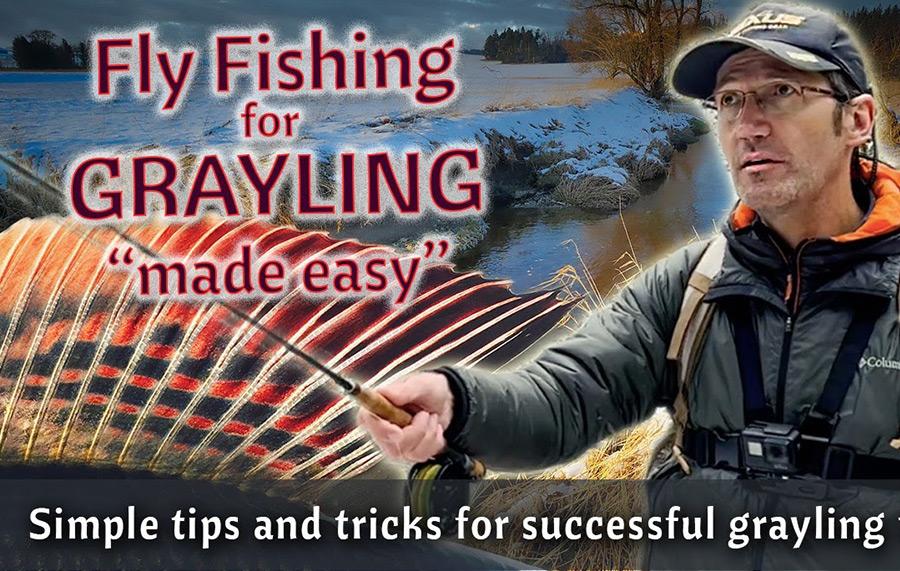The most common fly casting mistakes you should know
Category: Fly Casting Techniques
Fly casting is the technique used to propel a weighted line, with a fly attached to the end, through the air and onto the water in order to attract and catch fish. It involves using a fly rod and reel, along with a specific casting motion, to control the movement of the line and accurately place the fly where you want it.
Fly casting is the technique used to propel a weighted line, with a fly attached to the end, through the air and onto the water in order to attract and catch fish. It involves using a fly rod and reel, along with a specific casting motion, to control the movement of the line and accurately place the fly where you want it.

The most common mistakes in fly casting are following
- Overcasting: This occurs when the angler casts too much line, causing tangles and reducing accuracy.
- False casting: This involves repeatedly making back-and-forth casts without allowing the line to settle on the water. This can cause tangles and also alerts the fish to the angler's presence.
- Tailing loops: This occurs when the line doesn't fully form a loop during the forward cast, resulting in the line and leader dropping into the water.
- Tension on the line: Maintaining too much tension on the line can cause it to collapse during the forward cast, reducing accuracy and distance.
- Poor timing: Timing is critical in fly casting, as the angler must coordinate the movement of the rod, line and body to achieve a smooth, accurate cast. Poor timing can result in a poorly executed cast and tangles.
- Incorrect arm movement: Arm movement during the cast can affect the shape of the loop and the accuracy of the cast. Common mistakes include moving the arm too much, too soon, or not enough.
- Improper line grip: The angler's grip on the line can greatly affect the accuracy of the cast. A common mistake is gripping the line too tightly, which can cause the line to hesitate during the cast.
It's important to practice and develop good form, as well as to focus on timing and tension control. With consistent practice, you'll be able to make longer and more accurate casts, and eventually develop your own style and technique.
